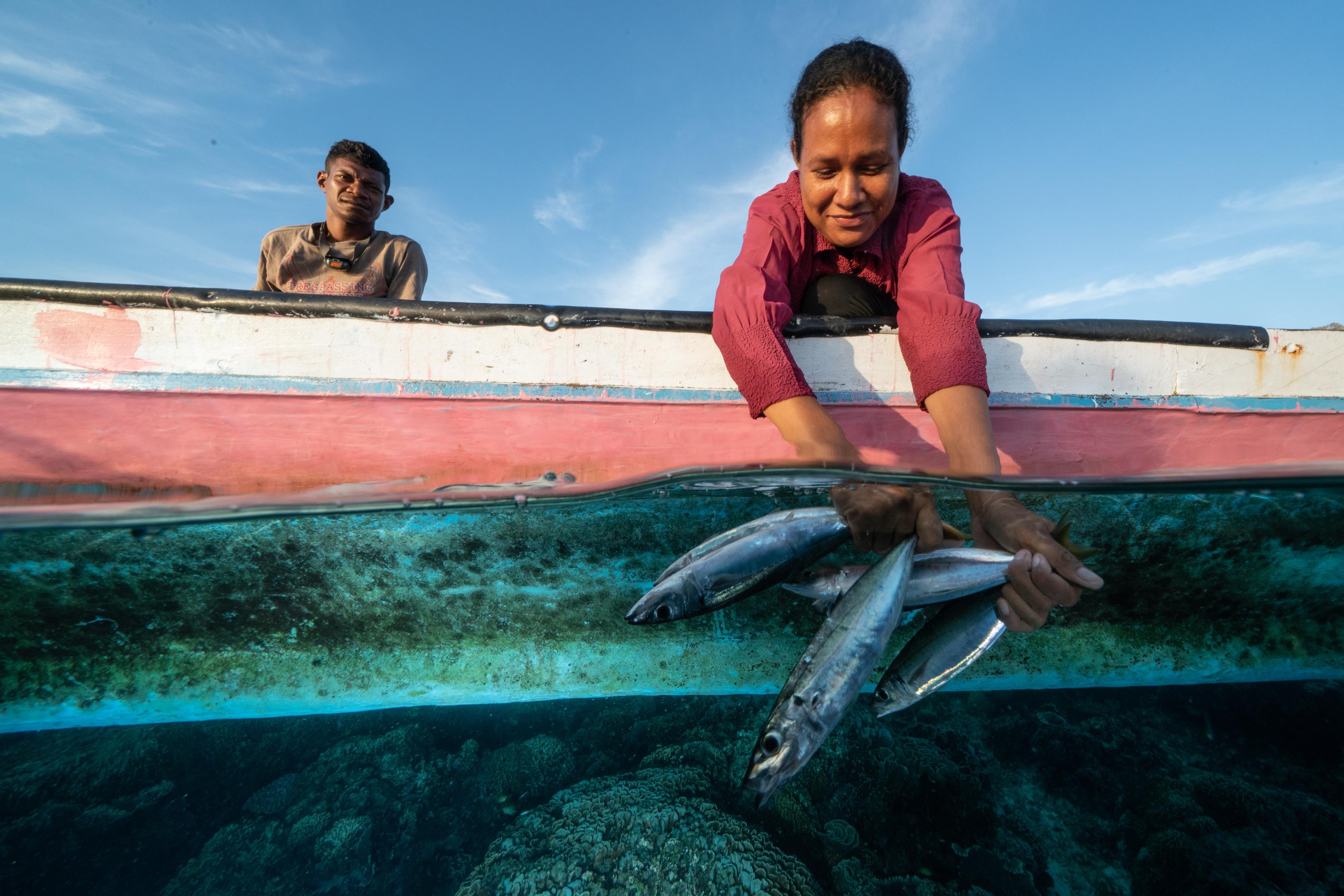Our Environmental and Social Safeguard System
Conservation International is committed to funding and implementing programs that improve the lives of people by protecting nature. At the outset of each project, we work to analyze, minimize and mitigate any potential adverse impacts on people or the environment.
Guiding our efforts is Conservation International's Environmental and Social Safeguard System (CISS), which provides staff and partners with the policies, standards, procedures and guidance to ensure projects are effective, efficient and equitable. The CISS is designed to avoid or mitigate adverse environmental and social impacts and enhance the project’s overall benefits for people and nature. To promote human rights, the CISS works to reduce equity gaps, promote gender equality, and improve social and environmental sustainability.
The CISS relies on four operational policies and 10 standards with corresponding procedures and requirements, all of which are detailed within the Environmental and Social Management Framework (ESMF).
Read the full ESMF: English | Español | Português | Français
